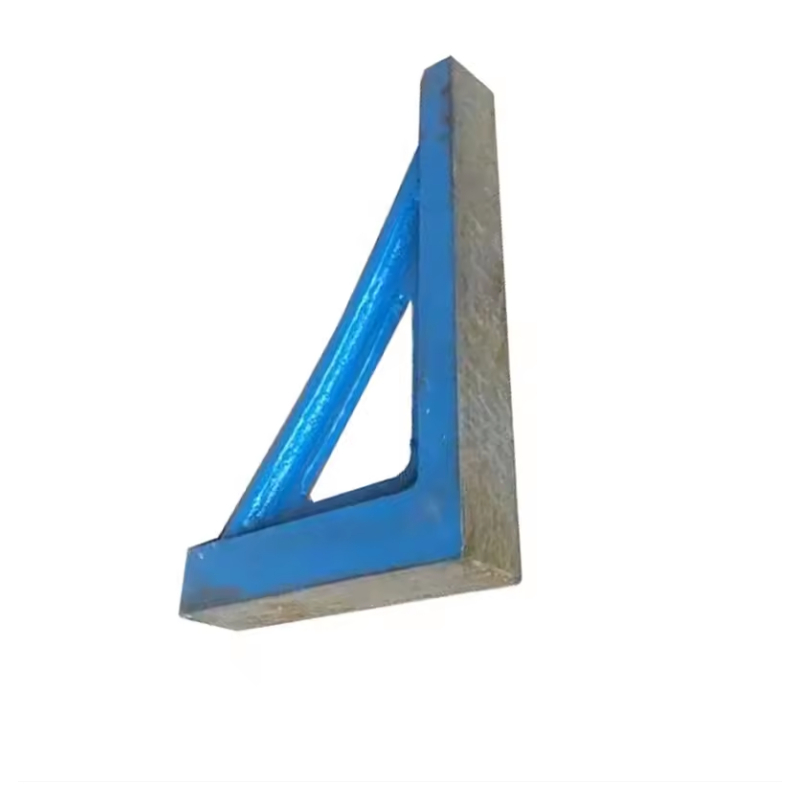Nov . 24, 2024 22:03 Back to list
100mm check valve specifications and installation guidelines for optimal performance and durability
Understanding the 100mm Check Valve A Comprehensive Overview
A check valve, often referred to as a one-way valve, plays a crucial role in various fluid systems by allowing fluid to flow in one direction while preventing backflow. The 100mm check valve is designed for pipelines with a 100mm diameter, and it is widely used in both industrial and residential applications. This article aims to provide an in-depth understanding of the 100mm check valve, its construction, operation, advantages, applications, and maintenance practices.
Construction and Design
A typical 100mm check valve consists of several essential components the valve body, disc or clapper, spring (in some designs), and the seat. The valve body is usually made from durable materials such as brass, stainless steel, or PVC, depending on the fluids it will handle and the environmental conditions. The disc is the primary sealing component and is typically designed to lift off the seat when fluid flows in the forward direction. In spring-loaded models, the spring helps the disc return to its seated position when the flow ceases or reverses.
Operating Mechanism
The 100mm check valve operates based on the principles of fluid dynamics. When the fluid flows in the desired direction, it exerts a force on the disc, lifting it off the seat and allowing free passage. As the flow decreases or reverses, the weight of the disc and the pressure from the upstream side push the disc back onto the seat, creating a seal that prevents backflow. This operation is critical in applications where backflow can cause damage or contamination.
Advantages of Using a 100mm Check Valve
1. Prevention of Backflow The primary advantage of check valves is their ability to prevent backflow, which is essential in systems where unwanted fluid movement can lead to contamination or component failure.
2. Low Maintenance These valves typically require minimal maintenance due to their simple mechanical design. Regular inspections are sufficient to ensure their proper functioning.
3. Versatile Applications The 100mm check valve can be used in various applications including water supply systems, wastewater treatment, chemical processing, and HVAC systems.
4. Energy Efficiency By preventing backflow, check valves help maintain consistent pressure within systems, leading to improved energy efficiency.
100mm check valve

Applications
The versatility of the 100mm check valve allows it to be employed in numerous sectors. In municipal water systems, they ensure that potable water does not flow back into distribution lines during pressure fluctuations. In industrial settings, check valves protect equipment like pumps and compressors by preventing reverse flow, which can cause mechanical damage. Additionally, in residential plumbing, they help maintain water pressure and prevent contamination from polluted sources.
Maintenance Considerations
Although check valves are generally low maintenance, occasional inspections are necessary to ensure their optimal performance. Here are some maintenance tips
1. Regular Inspections Periodically check the valve for signs of wear, corrosion, or damage. Look for leaks around the seals, which can indicate a failure.
2. Cleaning Depending on the application, debris or sediment can accumulate in the valve. Regular cleaning helps maintain flow efficiency.
3. Testing Perform routine testing to ensure the valve opens and closes correctly. This can be conducted through visual inspection or by measuring flow rates.
4. Replacement If a check valve shows signs of failure or inefficiency, consider timely replacement to avoid system disruptions.
Conclusion
The 100mm check valve is a vital component in fluid management systems, providing essential functionality by preventing backflow and maintaining system integrity. Its simple yet effective design ensures reliable operation in various applications, ranging from industrial processes to everyday plumbing systems. By understanding its construction, operation, advantages, applications, and maintenance requirements, operators can ensure the longevity and reliability of their fluid systems. Investing in high-quality check valves and adhering to proper maintenance practices can significantly enhance operational efficiency and safety.
-
Why Metric Trapezoidal Thread is Ideal for Precision Motion ControlNewsAug.05,2025
-
The Unique Properties of a Block of Granite for Industrial UseNewsAug.05,2025
-
The Role of Flanged Y Strainers in Preventing Pipeline ClogsNewsAug.05,2025
-
The Importance of Regular Calibration for Master Ring GagesNewsAug.05,2025
-
How a Cast Iron Surface Table Enhances Accuracy in ManufacturingNewsAug.05,2025
-
Comparing Different Check Valve Types for Optimal Flow ControlNewsAug.05,2025
Related PRODUCTS









